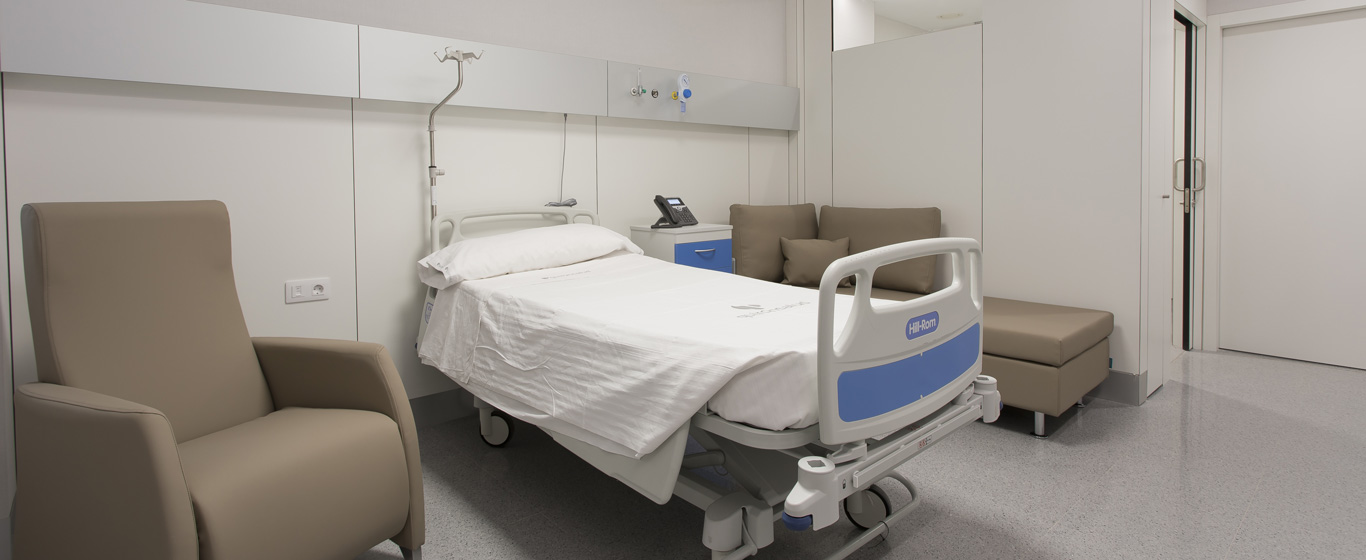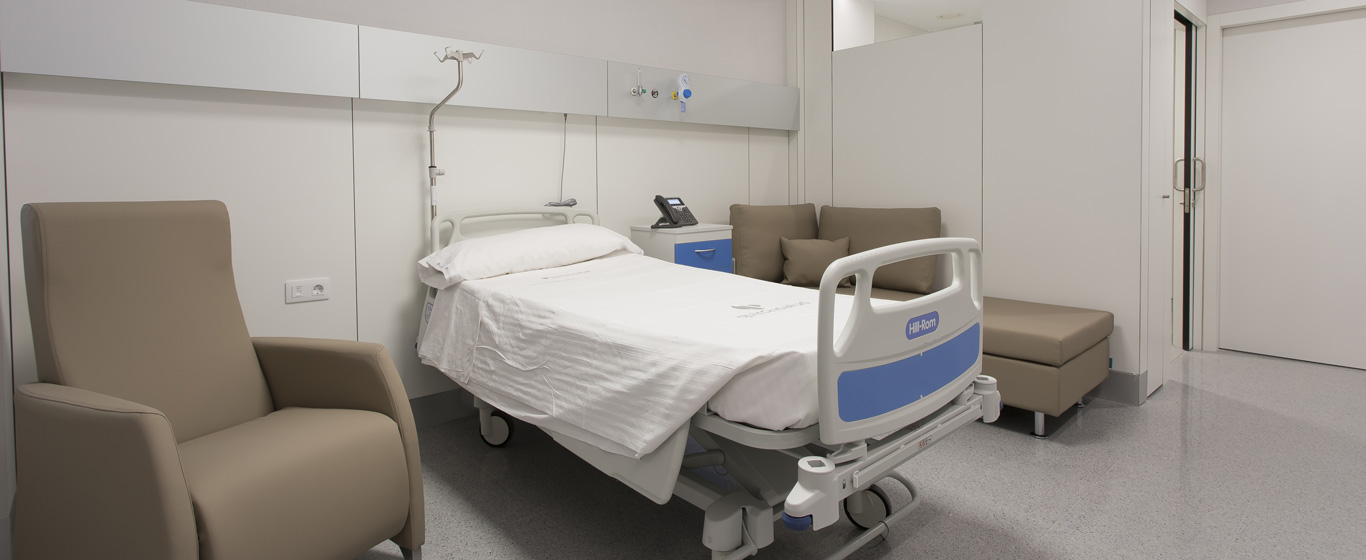Low Back Pain
What to take for low back pain? Tips for alleviating pain in the lower back and information on its causes and symptoms.
Symptoms and Causes
Low back pain, commonly known as lumbago, causes intense pain in the lower back. It usually prevents certain movements and significantly reduces quality of life. The origin of low back pain is typically in the muscles, though it can also stem from the spinal joints.
Considering the disease's progression, low back pain is divided into three types:
- Acute low back pain: lasts less than six weeks. It is the most common.
- Subacute low back pain: the pain persists between six and twelve weeks.
- Chronic low back pain: it is uncommon. The discomfort lasts more than twelve weeks.
The most common cause of low back pain is a strain or a sudden movement, such as lifting an excessive weight or quickly twisting the back.
Symptoms
The symptoms of low back pain are very characteristic and easily recognizable. The most common ones include:
- Pain in the lower back, which may occasionally radiate to the buttocks, groin, or thigh, but not always.
- Lumbar inflammation.
- Difficulty walking.
Causes
Low back pain can have various causes. Depending on the factors causing the back pain, there are six types of lumbago:
- Lumbosciatica: usually a result of another condition that compresses the sciatic nerve.
- Mechanical low back pain: an injury to a muscle or ligament causes pain during movement, which subsides when at rest.
- Inflammatory low back pain: caused by swelling due to other conditions.
- Emotional or psychosomatic low back pain: associated with stress, anxiety, fear, or sadness.
- Radicular low back pain: originates from a nerve protruding from the vertebrae, typically due to a herniated disc.
- Referred low back pain: pain is felt in the lower back but originates from other areas, such as the kidney, hip, or intestine.
Risk Factors
Some of the main factors that increase the risk of developing lumbago are:
- Jobs that require forced postures for the back or cause excessive vibration throughout the body.
- Weak lumbar muscles.
- Having a condition that causes inflammation in the lower back.
- Being overweight.
- Advanced age, due to the degeneration of the intervertebral discs.
- Stress and anxiety can increase muscle tension and predispose to the development of low back pain.
Complications
It is uncommon for low back pain to become complicated, but it can sometimes become chronic and hinder daily activities.
Prevention
Some tips to prevent low back pain include:
- Avoid lifting heavy objects and making sudden movements.
- Exercise to strengthen back muscles.
- Maintain good posture hygiene.
- Reduce the time spent sitting.
- Maintain a healthy weight.
- Manage stress and anxiety.
Which Doctor Treats Low Back Pain?
Orthopedic surgeons, traumatologists, and general practitioners diagnose low back pain. Specialists in occupational medicine, complementary medicine, or the pain unit may also be involved in the treatment.
Diagnosis
The diagnosis of low back pain is usually clinical, as the specialist can often make a diagnosis through medical history, evaluating symptoms, and performing a physical exam.
When there is uncertainty, imaging tests such as an MRI, X-ray, or CT scan may be requested to assess the state of the lumbar muscles and rule out a herniated disc or other pathologies.
Treatment
The most common treatment is pharmacological, based on painkillers, anti-inflammatories, and muscle relaxants. To reinforce the effects, physiotherapy sessions are also recommended to strengthen muscles and learn proper posture hygiene. When necessary, the pain unit performs periarticular injections or rhizolysis, which involves nerve denervation.
In more severe cases that do not respond to conservative treatments, where there is an underlying injury, surgery may be performed to stabilize the vertebrae causing the pain or to place a prosthesis.









































































































